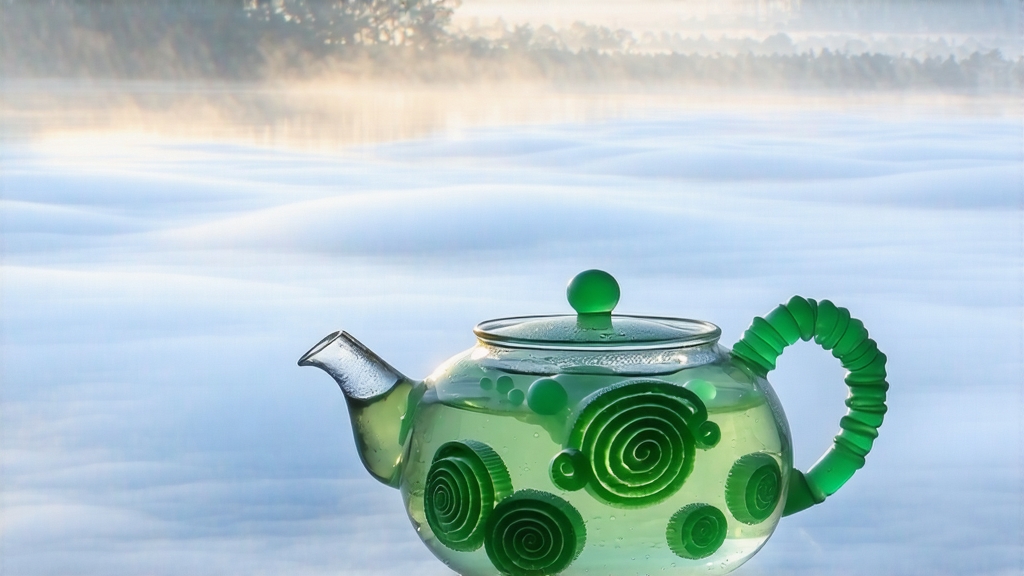
Biluochun, literally “Green Snail Spring,” is one of China’s ten most celebrated teas, yet among green teas it remains the most delicately nuanced and, to many newcomers, the most surprising. When dry, the leaf looks like tiny jade-colored snail shells; when infused, it releases an aroma so fragrant that first-time drinkers often ask whether flowers have been added. No additives are ever used—the scent is the plant’s own, coaxed into existence by centuries of breeding, terroir, and meticulous handcraft. This article invites international tea lovers to discover Biluochun from the inside out: its origin story, micro-climate, cultivar variations, traditional craft, modern quality grades, and the subtle choreography that turns hot water and a pinch of curls into a cup of liquid springtime.
-
Historical vignette: from scarecrows to tribute tea
The earliest written record appears in the Dongting Gazetteer of 1734, but local lore pushes the story back to the late Ming dynasty. Tea bushes on Dongting Mountain, an island in Taihu Lake near Suzhou, were interplanted with peach, plum, and apricot trees. Fruit blossoms fell among the young tea shoots, scenting them so intensely that pickers noticed the difference. A passing monk is said to have brewed the scented leaves for magistrates, and the tea soon traveled to the Qing imperial court. The Kangxi Emperor, tasting it in 1699, found the name “Xia Sha Ren Xiang” (literally “scary fragrance”) inelegant and rechristened it Biluochun for its spiral shape and spring harvest. From that moment it became a gongcha (tribute tea), carted northward each year in bamboo-lined chests packed with citrus peel to preserve moisture and aroma. -
Terroir: lake, mist, and flower-filtered sunlight
Dongting Mountain is actually two islands—East and West Dongting—rising from a shallow, mineral-rich lake. The water body moderates temperature, creating morning mist that lingers until noon. Photographs taken at dawn show the islands floating like ink brush strokes above a white sea of fog; this humidity keeps leaf cells turgid and slows photosynthesis, concentrating amino acids especially L-theanine. Meanwhile the surrounding fruit orchards act as a living perfume diffuser during bloom season; bees shuttle between petals and tea blossoms, carrying volatile esters that settle on the downy leaf surfaces. The result is an unmistakable floral top note often described as “orchid-peach-apricot” that distinguishes Biluochun from all other Chinese greens. -
Cultivars: beyond the classic群体种
Traditional Biluochun comes from seed-grown bushes of the so-called qunti zhong (population cultivar), a genetically diverse mix that gives small, thick, and intensely aromatic leaves. Since the 1980s clonal selections have been released to boost yield and frost resistance. The two most widespread are Dongting 1 and Dongting 2, both bred for earlier budding and higher catechin content. While purists insist that only qunti zhong delivers the layered aftertaste known as “spring echo,” blind cuppings show that Dongting 1 can equal or surpass the heirloom when grown at higher elevations on the island. A third cultivar, Wuxian Biluochun, is grown outside Suzhou in Jiangsu’s Yixian hills; it carries the same crafting protocol but lacks the lake micro-climate, so its aroma is grassier and its liquor paler. -
Harvest calendar: the 7-day window
Plucking begins when the overnight low stays above 10 °C and the leaf-to-bud ratio reaches “one bud flanked by two unfolding leaves.” This usually falls between the Qingming and Grain Rain solar terms (early April). The highest grade, Supreme Early Spring, is picked in the first three mornings; each picker collects barely 500 g of fresh leaf per day. Leaves must reach the workshop within two hours, before cell respiration consumes the sweet compounds. Experienced growers judge readiness by listening: if the morning chorus of orioles on the island is especially loud, atmospheric pressure is rising—an omen for perfect withering weather. -
Crafting: six steps to a spiral
a. Withering: trays of leaf are laid 2 cm thick under shade cloth for 2–3 h, reducing moisture to 68 %.
b. Fixing (shaqing): the leaves are tumble-pan-fired at 180 °C for 3–4 min; the sudden